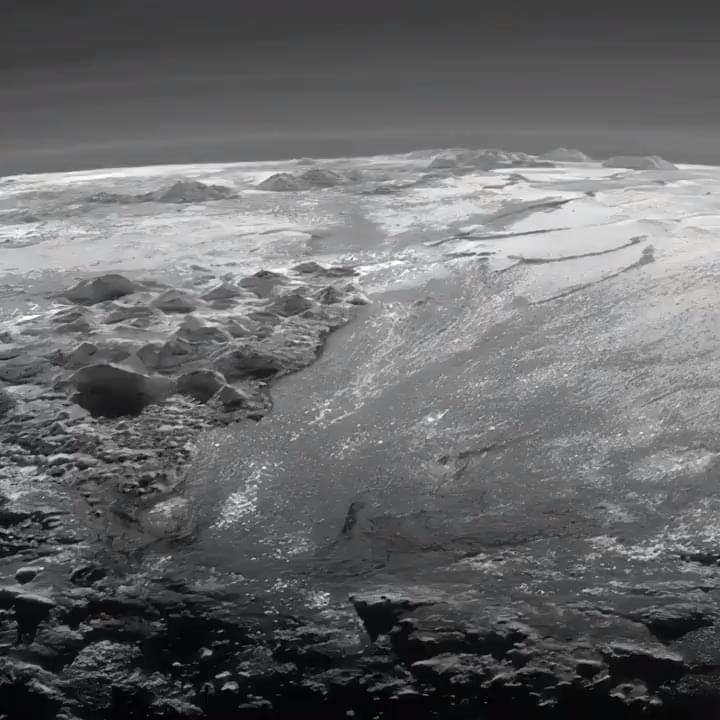
Category: space – Page 650

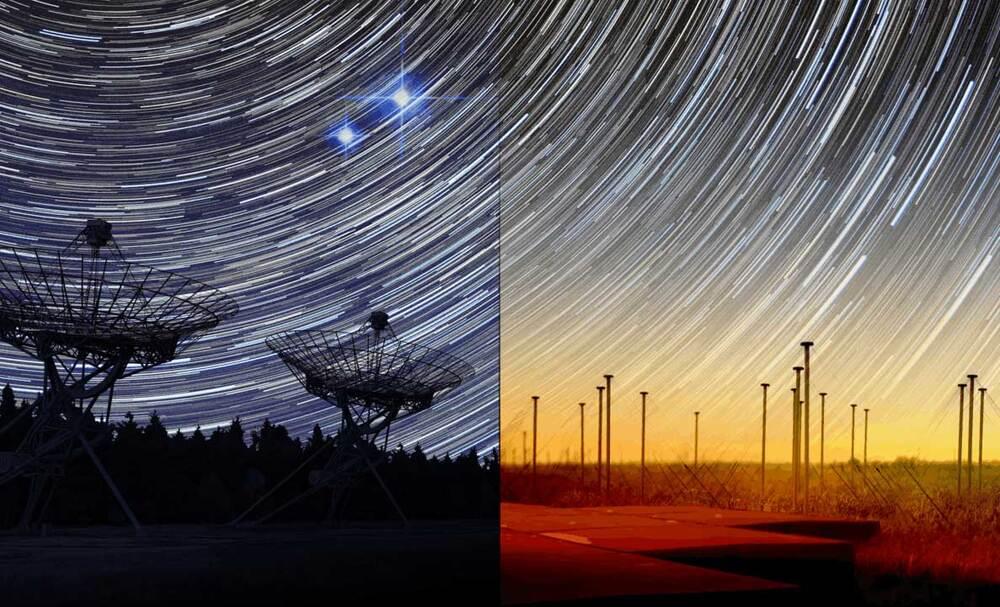
New observations challenge popular radio burst model
Strange behavior caught by two radio observatories may send theorists back to the drawing board.
Fourteen years ago, the first fast radio burst (FRB) was discovered. By now, many hundreds of these energetic, millisecond-duration bursts from deep space have been detected (most of them by the CHIME radio observatory in British Columbia, Canada), but astronomers still struggle to explain their enigmatic properties. A new publication in this week’s Nature “adds a new piece to the puzzle,” says Victoria Kaspi (McGill University, Canada). “In this field of research, surprising twists are almost as common as new results.”
Most astronomers agree that FRBs are probably explosions on the surfaces of highly magnetized neutron stars (so-called magnetars). But it’s unclear why most FRBs appear to be one-off events, while others flare repeatedly. In some cases, these repeating bursts show signs of periodicity, and scientists had come up with an attractive model to explain this behavior, involving stellar winds in binary systems.
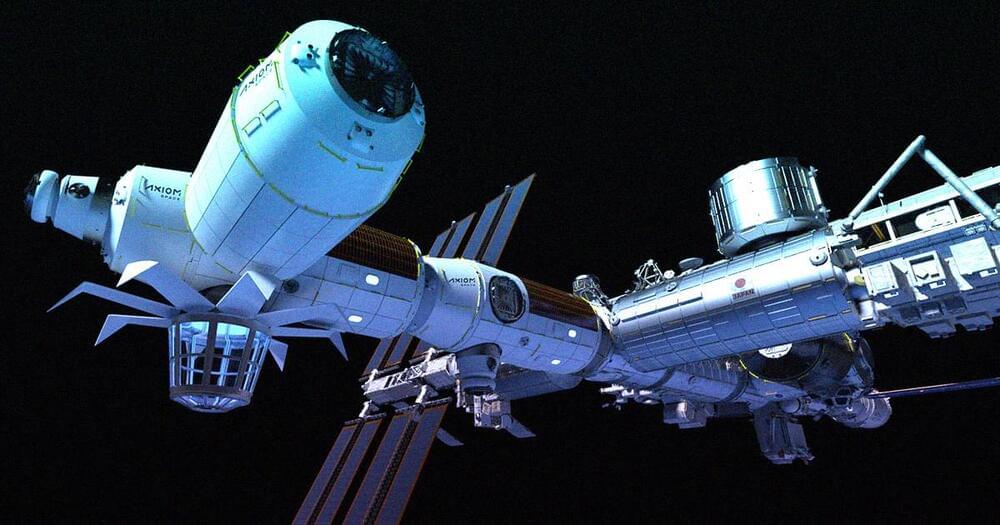
Someone Is Secretly Working on “Privately Owned” Space Station
Collins Aerospace, a subsidiary of military and aerospace contractor Raytheon Technologies, is working on environmental control and life support technologies for a “privately owned and operated low Earth orbit outpost,” according to SpaceNews.
There’s plenty of money being poured into developing a commercial presence in space right now. The small firm was awarded a $2.6 million contract by a mysterious unnamed customer — a sign, in spite of its opacity, that the race to commercial orbit is heating up.

Google Cloud launches Vertex AI, a new managed machine learning platform
At Google I/O today Google Cloud announced Vertex AI, a new managed machine learning platform that is meant to make it easier for developers to deploy and maintain their AI models. It’s a bit of an odd announcement at I/O, which tends to focus on mobile and web developers and doesn’t traditionally feature a lot of Google Cloud news, but the fact that Google decided to announce Vertex today goes to show how important it thinks this new service is for a wide range of developers.
The launch of Vertex is the result of quite a bit of introspection by the Google Cloud team. “Machine learning in the enterprise is in crisis, in my view,” Craig Wiley, the director of product management for Google Cloud’s AI Platform, told me. “As someone who has worked in that space for a number of years, if you look at the Harvard Business Review or analyst reviews, or what have you — every single one of them comes out saying that the vast majority of companies are either investing or are interested in investing in machine learning and are not getting value from it. That has to change. It has to change.”

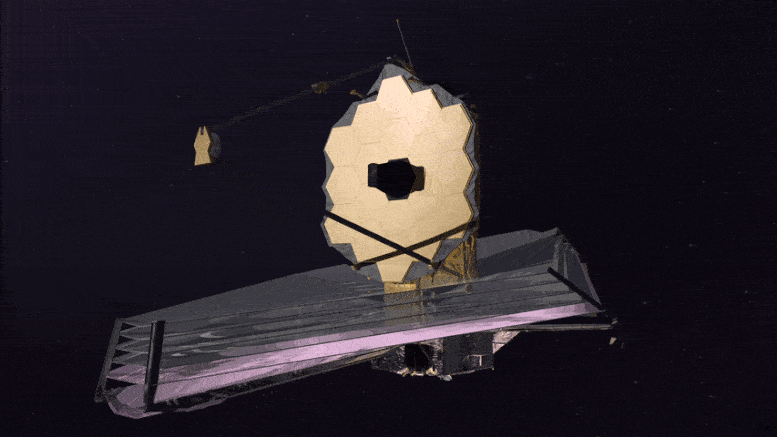
NASA’s $10 Billion James Webb Space Telescope Has Successfully Completed Testing
After successful completion of its final tests, NASA
Established in 1,958 the National Aeronautics and Space Administration (NASA) is an independent agency of the United States Federal Government that succeeded the National Advisory Committee for Aeronautics (NACA). It is responsible for the civilian space program, as well as aeronautics and aerospace research. It’s vision is “To discover and expand knowledge for the benefit of humanity.”
Lucy: NASA mission to primordial asteroids may explain 2 cosmic mysteries
During an upcoming NASA mission, currently scheduled for an October lift-off, a spacecraft called Lucy will be the first to visit a fleet of primordial bodies trailing behind Jupiter. It will launch on the Atlas V 401 rocket.
The Lucy mission will be the first to explore the Trojan asteroids, a large group of asteroids that share Jupiter’s orbit around the Sun.

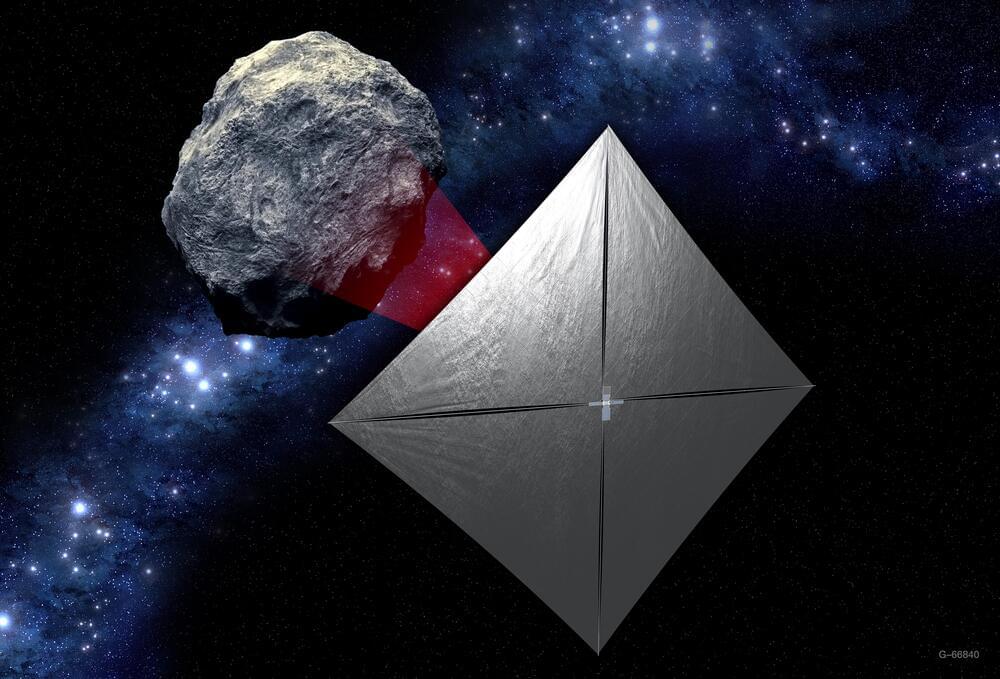
NASA Solar Sail Asteroid Mission Readies for Launch on Artemis I
NASA’s Near-Earth Asteroid Scout is tucked away safely inside the agency’s powerful Space Launch System (SLS) rocket at NASA’s Kennedy Space Center in Florida. The solar sailing CubeSat is one of several secondary payloads hitching a ride on Artemis I, the first integrated flight of the agency’s SLS and the Orion spacecraft.
China’s Answer to the Aging International Space Station: The Tech Behind Tiangong | WSJ
China says its spacecraft has more advanced technology.
While the future of the nearly 23-year-old International Space Station remains uncertain after 2,024 China says its newly equipped Tiangong station will be up and running by next year. WSJ unpacks the design and technology of both space stations. Photo: CCTV; NASA
More from the Wall Street Journal:
Visit WSJ.com: http://www.wsj.com.
Visit the WSJ Video Center: https://wsj.com/video.
On Facebook: https://www.facebook.com/pg/wsj/videos/
On Twitter: https://twitter.com/WSJ
On Snapchat: https://on.wsj.com/2ratjSM
#WSJ #China #NASA